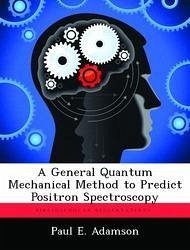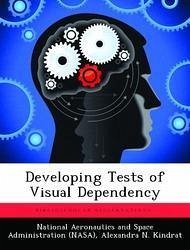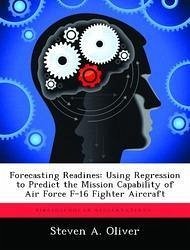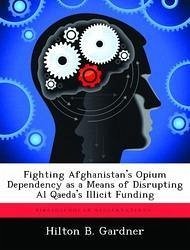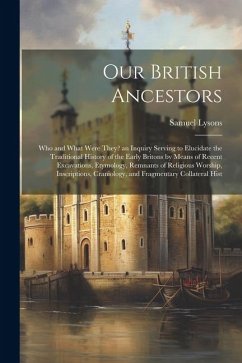Nicht lieferbar
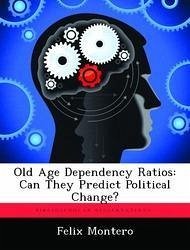
Old Age Dependency Ratios: Can They Predict Political Change?
Versandkostenfrei!
Nicht lieferbar
Population ageing--the process by which older individuals become a proportionally larger share of the total population--was one of the most distinctive demographic events of the twentieth century and will likely attract substantial attention in the twenty-first century2. Why is this phenomenon important? Changes to the makeup of a population can alter international balances of power, heighten national security concerns, and shift domestic resources from one special interest group to another. The latter is realized when the concerns of an increasing proportion of one portion of the population, ...
Population ageing--the process by which older individuals become a proportionally larger share of the total population--was one of the most distinctive demographic events of the twentieth century and will likely attract substantial attention in the twenty-first century2. Why is this phenomenon important? Changes to the makeup of a population can alter international balances of power, heighten national security concerns, and shift domestic resources from one special interest group to another. The latter is realized when the concerns of an increasing proportion of one portion of the population, like the older population, degrades the relative importance of younger segments in a society. As a result, changes in age composition can affect society's political, economic, and social structures3. The shifting weights of the various age groups may contribute to resource redistribution as a result of social and political pressures sought to satisfy ageing needs. This shift in resources can generate intergenerational conflict4. This paper examines ageing demographic indicators, their qualities, their demands on resources, and examines if a change in a population's composition can cause political change. This work has been selected by scholars as being culturally important, and is part of the knowledge base of civilization as we know it. This work was reproduced from the original artifact, and remains as true to the original work as possible. Therefore, you will see the original copyright references, library stamps (as most of these works have been housed in our most important libraries around the world), and other notations in the work. This work is in the public domain in the United States of America, and possibly other nations. Within the United States, you may freely copy and distribute this work, as no entity (individual or corporate) has a copyright on the body of the work. As a reproduction of a historical artifact, this work may contain missing or blurred pages, poor pictures, errant marks, etc. Scholars believe, and we concur, that this work is important enough to be preserved, reproduced, and made generally available to the public. We appreciate your support of the preservation process, and thank you for being an important part of keeping this knowledge alive and relevant.







